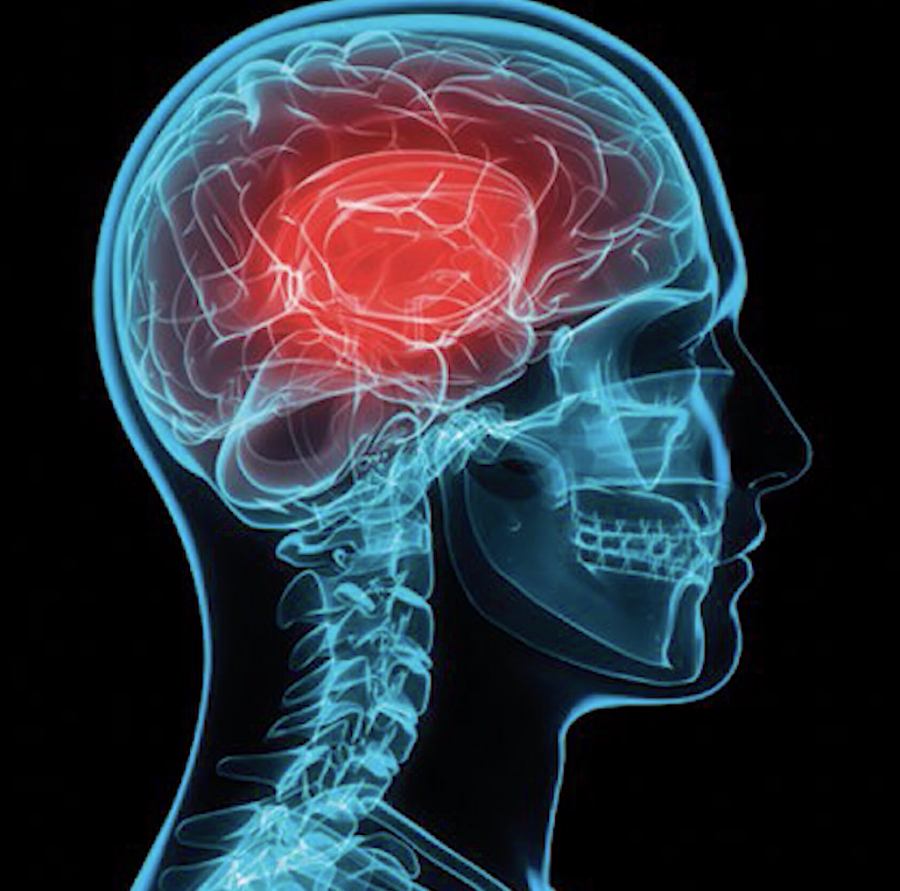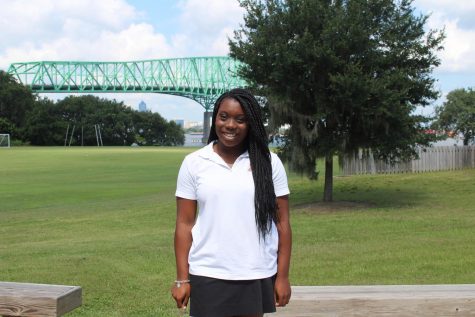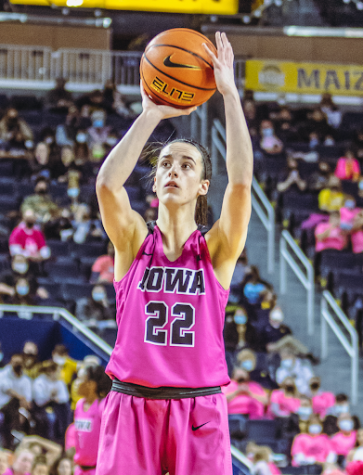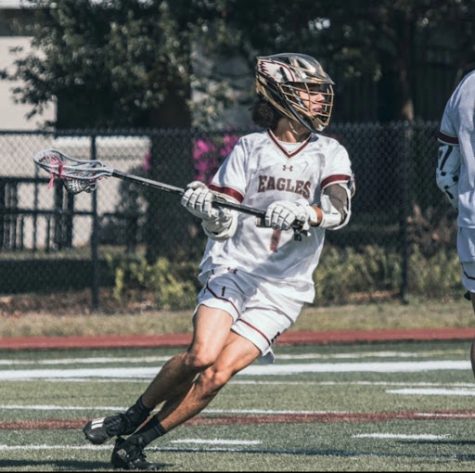Concussions In Sports
March 10, 2020
There is an unspoken inside joke among Episcopal students that you aren’t really an Eagle until you’ve had a concussion. That alone should indicate the frequency of concussions on our campus. As for the United States as a whole, 1 in 5 students will suffer from a sports concussion during their respective seasons.
If you’re here because you think you may have a concussion, here are the most prominent symptoms: inability to concentrate, forgetfulness, fatigue, headache and dizziness. Relative rest versus complete rest is recommended by Mayo Clinic for the first couple of days. They recommend that “you should limit activities that require high mental concentration — such as playing video games, watching TV, doing schoolwork, reading, texting or using a computer — if these activities cause your symptoms to worsen.”
After you allow yourself this relative rest, Mayo also recommends that you should gradually reincorporate your former daily activities and consult your doctor with additional questions.
Since concussions are so prevalent, there are several myths surrounding them. Mayo Clinic reports the most common myths are as follows:
Myth #1: A good helmet can prevent concussions.
Myth #2: Recovery just means sitting out from sports.
Myth #3: You’ll know a concussion when you see one.
Myth #4: As long as the injury is mild, it is safe to return to the sport.
Myth #5: You have to black out in order to have a concussion.
Myth #6: Concussions only happen in male sports.
Myth #7: After your first concussion, you’ll be “more careful next time”.
Today, concussions are increasingly affecting high school sports all the way up to the major leagues. It is important to be informed on the symptoms and remedies regarding concussions.
Image courtesy of Loclyz Media Services.











